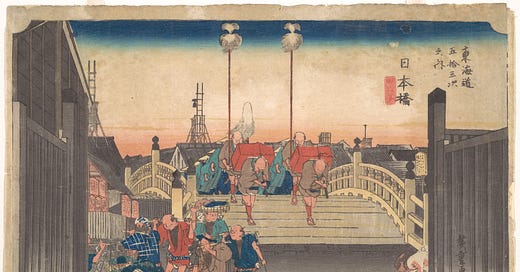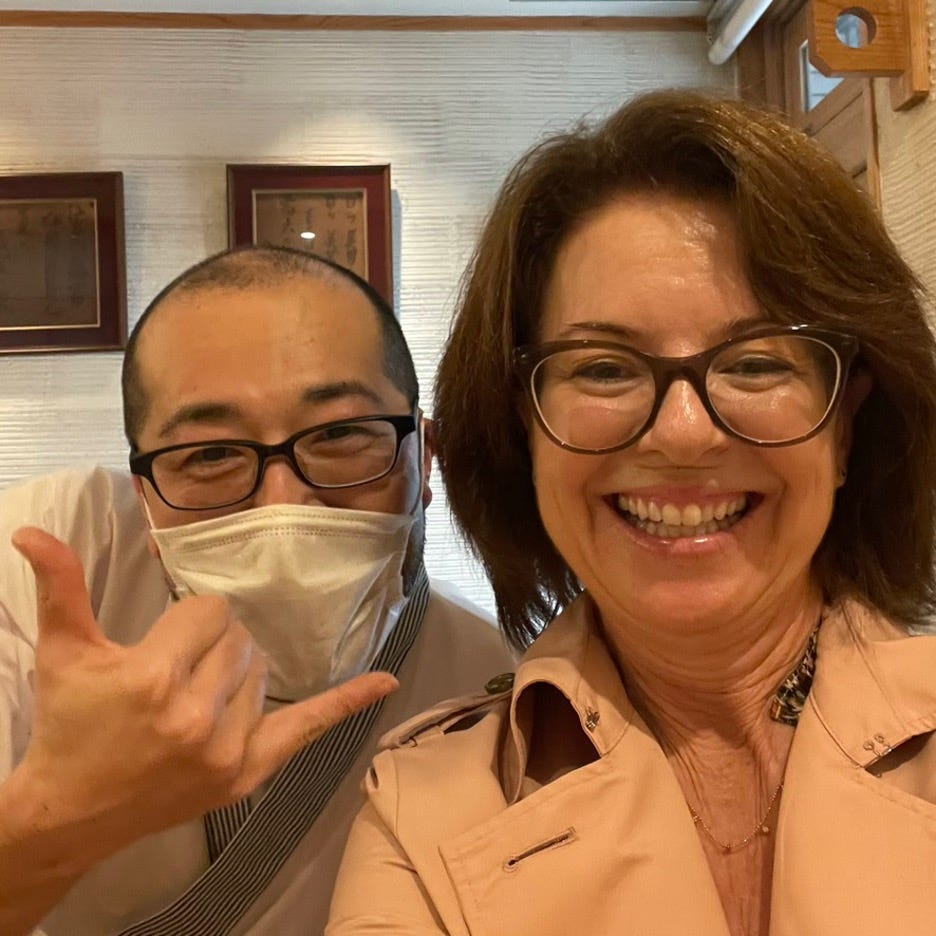Every great city has a personality. Rome is known for its history, Paris, the city of lights, and New York, the city that doesn’t sleep. But Tokyo – how can we describe Tokyo in a few words? Yes, it has history, yes it has lights, and certainly, it can be defined as a city that doesn’t sleep. However, it’s not a combination of Rome, Paris and New York. It’s a city all to its own.
Plato once wrote about Athens, “This city is what it is because of our citizens and what they are.” And so, what is Tokyo other than the citizens, both historical and modern forging a path for the future? Along with its unique sensibilities, its culture, and its routines, Tokyo is like no other city on the planet. It is simultaneously densely populated and orderly, bustling with construction and clean, rule-laden yet kind and welcoming. Tokyo is full of tradition and full of innovation. What might seem like a study in contradiction, is, in fact, a study in harmony.
And Tokyo is still more. Globally, for most of us, when we think of Tokyo, we think of all these accomplishments, and we also think of the food!
Over three decades, I have experienced Tokyo in many ways. First through studies, then firsthand through living there for five years, then through writing about the food of Tokyo. I graduated from Le Cordon Bleu Tokyo with a diploma in patisserie and cuisine, and for the past ten years I have visited and written about the leading restaurants and restauranteurs in Tokyo. Though my experiences are personal, the city I have seen, especially through the lens of food, is one that everyone seems to want to experience.
I’ve been able to experience how the food and the culture can be wrapped into dishes, bringing the past forward, while also moving into the future. I have met and interviewed chefs who have shared their concepts and visions with me. While some perfect the art of ancient recipes others are moving iconic dishes to new and modern directions. Discovering these stories has been an unexpected pleasure, and these are the stories I want to share.
During my last trip to Tokyo in October 2023, I was looking for a new avenue to write about Tokyo through the lens of food. Though I could imagine the particulars of what I wanted to say -- sharing ten years of culinary exploration -- how could I weave the stories together to make a beautiful tapestry? The city of Tokyo gave me some direction, for their current motto is, “Where Old Meets New,” but that was just a starting point, I needed something more tangible.
That’s when I walked into an art gallery and came across the woodblock print series by Utagawa Hiroshige titled 100 Views of Edo. As I looked at the dealer’s collection, I realized that this series is a collection of sketches at 100 distinct locations throughout the capital. Though the drawings were over 150 years old, these prints were an effort to capture the same thing I was looking to do – to explore the heartbeat of the city, the essence of Tokyo.
The more I examined these prints, the more clearly I saw the outlines of the old city: the canals, the waterways, and yes, some of the bridges that are still here today. In over 100 prints, Hiroshige depicted the rhythms and life of ancient Edo separated into four distinct seasons. And yet, I also saw the outline of modern Tokyo with images of the same festivals, famous parks, and iconic temples of today. These prints were a bridge from ancient Edo to today’s modern metropolis, Tokyo.
And just like the prints were depicted in four seasons, so is the food in Tokyo. The seasonality of Japan’s food allows chefs to demonstrate their techniques and skills with fresh and unique ingredients. The people too are keenly aware of the seasonality as it’s part of the daily morning news show, in the newspaper, and reflected in the produce aisle of the supermarkets. There is a comfortable culinary transition throughout the year that comes and goes with clockwork predictability.
For the resident, and even the visitor to Tokyo, you feel the tradition and history that pervades the food. Some ingredients, like dashi (stock made with dried seaweed) are taken from their culinary roots in Buddhist monasteries. Other traditions such as the kaiseki meal (a prescribed ordered multi-course meal) are from Kyoto’s court cuisine. And most famous, from the street food of the 1600’s in Edo (Tokyo), is sushi. Other iconic dishes have a foreign origin but have been given a thorough Japanese makeover, such as ramen, tempura, tonkatsu, and curry. Tokyo has embraced them and made them her own.
While all these meals are enjoyable simply from how they delight our senses of smell, taste, and presentation, there’s so much more to the story. And in these vignettes on Hiroshige’s 100 Views of Edo, I hope to enter into a culinary exploration of the history, tradition, and mostly, the taste of Tokyo.
Through this series, 100 Views of Edo, the Taste of Tokyo, Hiroshige’s prints will walk us through ancient Edo, while we look with modern eyes at the famous dishes, foods, and restaurants that make modern Tokyo the food capital of the world. Using the prints of Hiroshige as a guide, we will discover modern Tokyo through the culinary lens, a Tokyo “Where Old Meets New.”











Fantastic inspirations and insights you've shared coming from your viewing of 100 Views of Edo! Love how you're bringing together Tokyo/Edo art, history, old meets new, geography, food, the four seasons. What a creative tapestry and context and lens for merging Tokyo and Table. Your integrated approach seems so inevitable and true now that you've conceived it. Your phrase "a study in harmony" captures so much as does the last graphic stacking the hand-drawn 150 year old print onto the hand-drawn anime. Hmm... makes me think of hands preparing Tokyo cuisine over the ages.
Congratulations on Tokyo/Table!
Congratulations on launching your new series! This is a wonderful explanation of the background and future of your project. I'm looking forward to your up-coming posts!